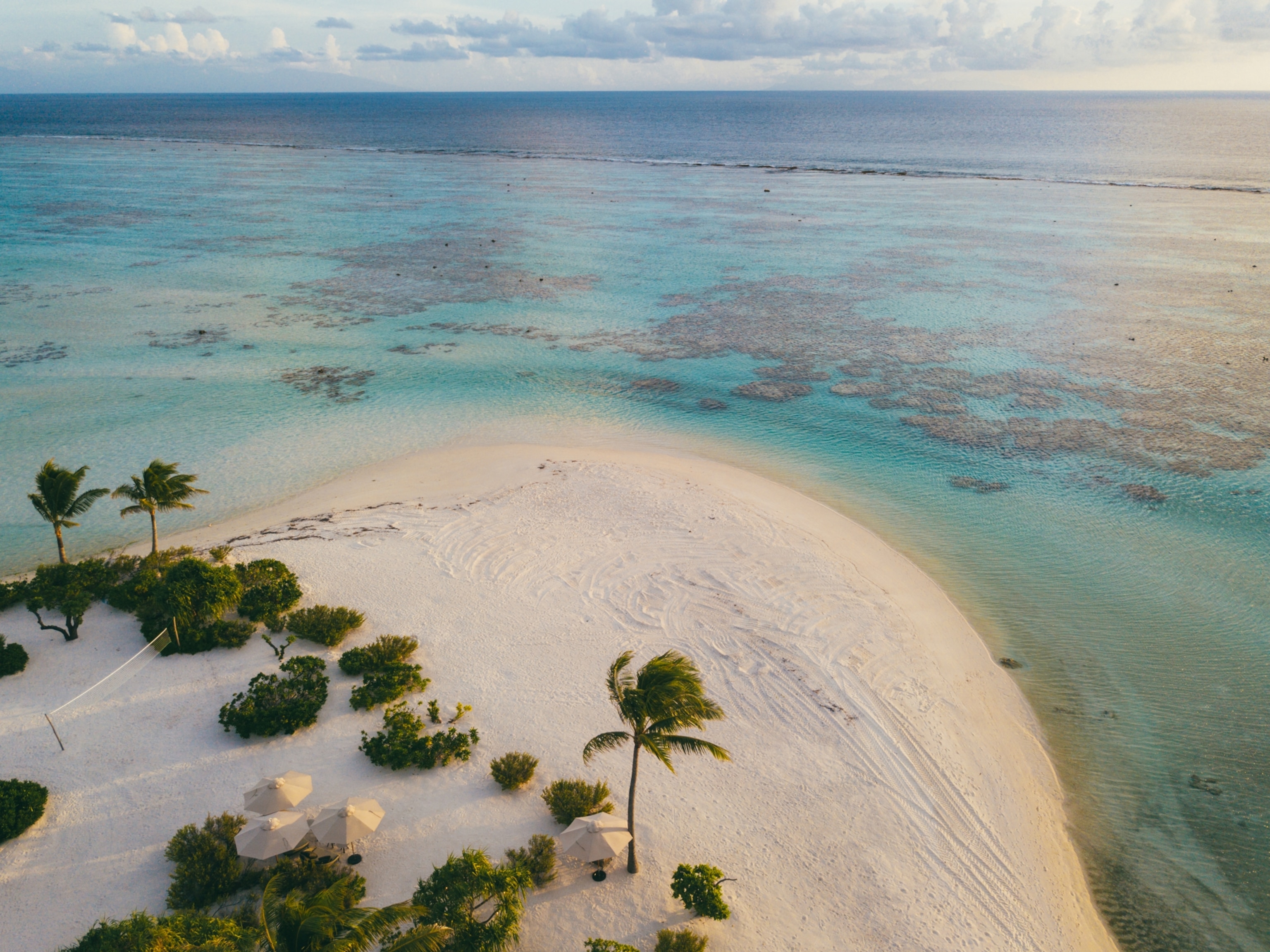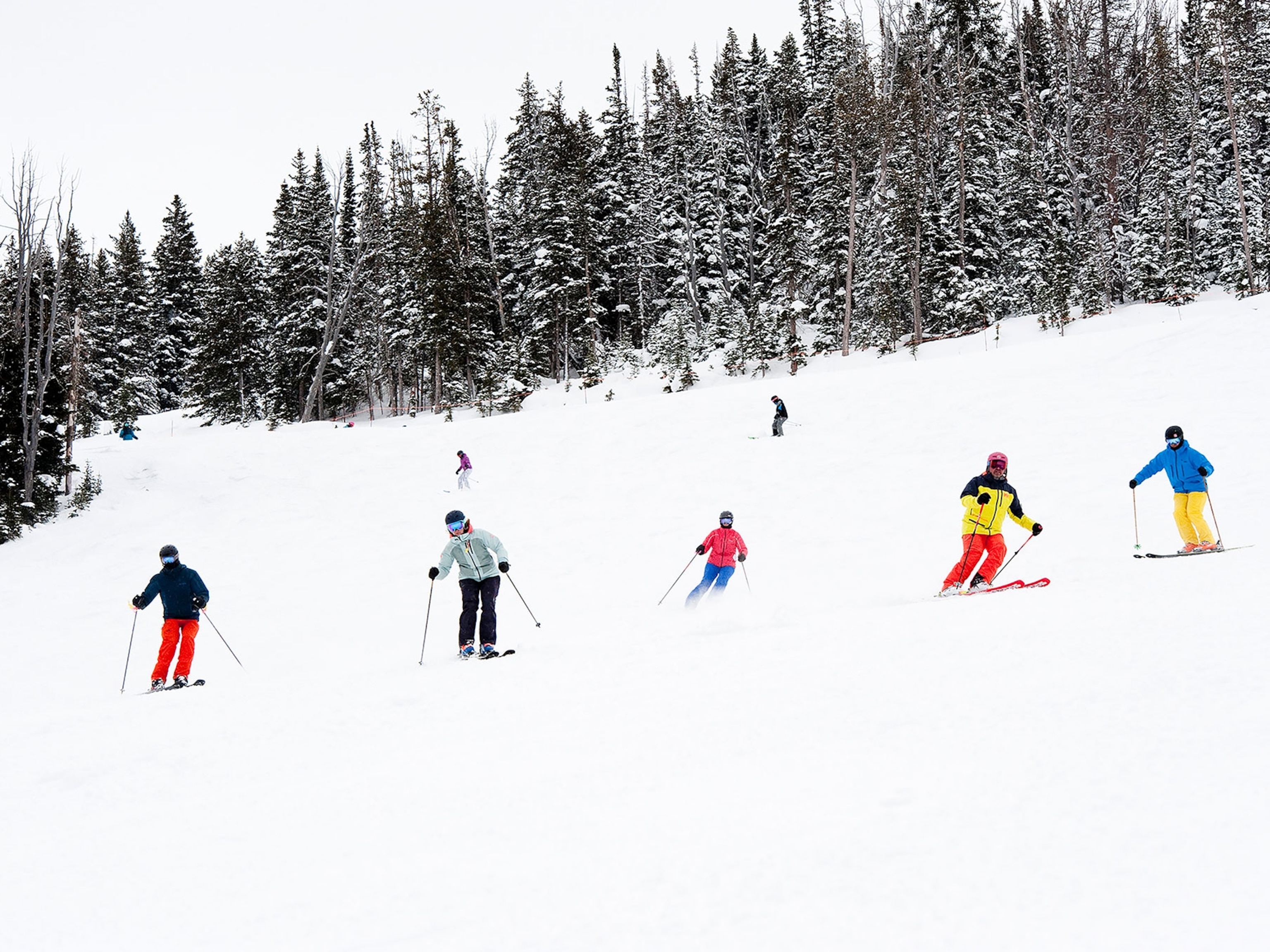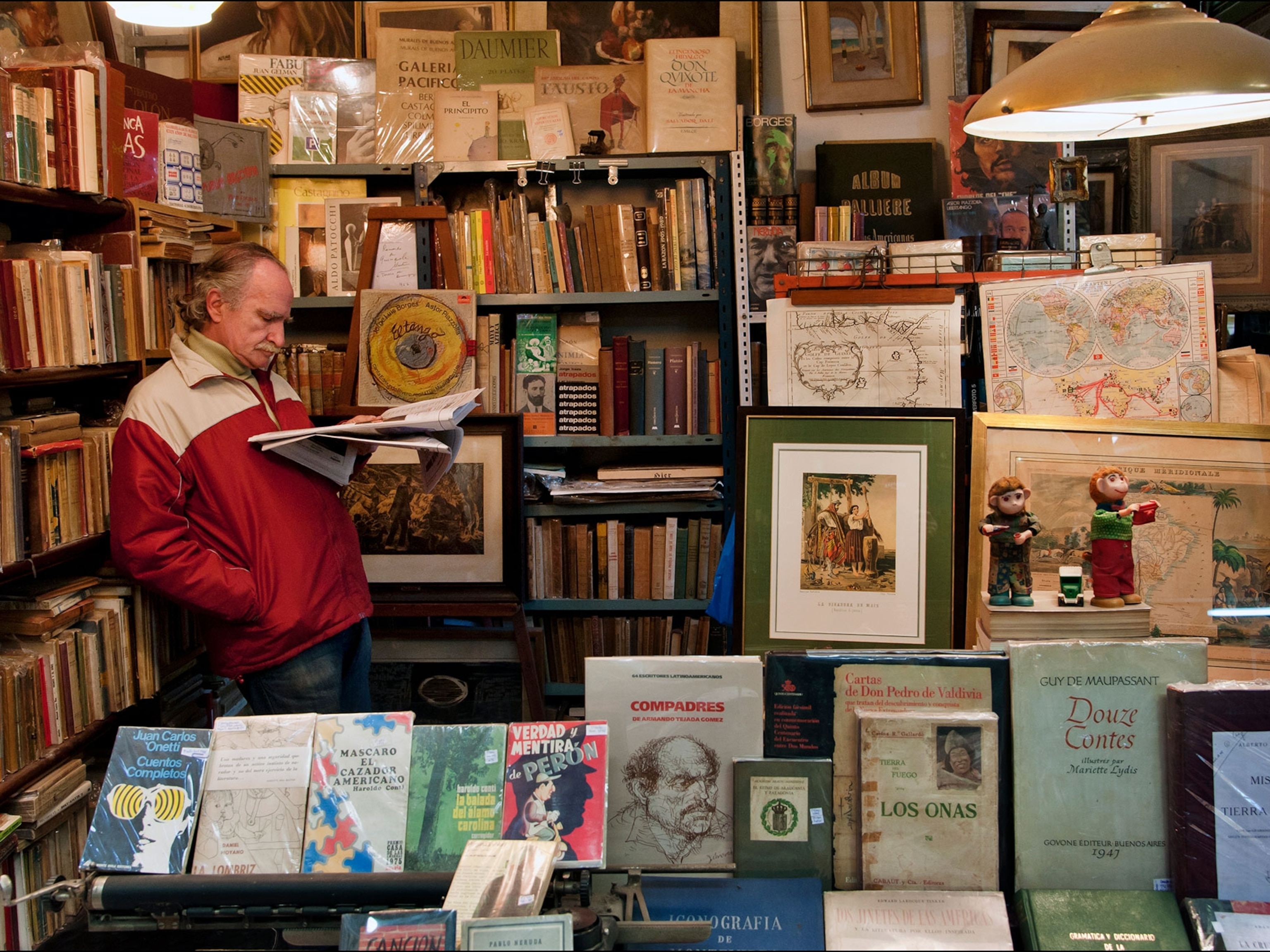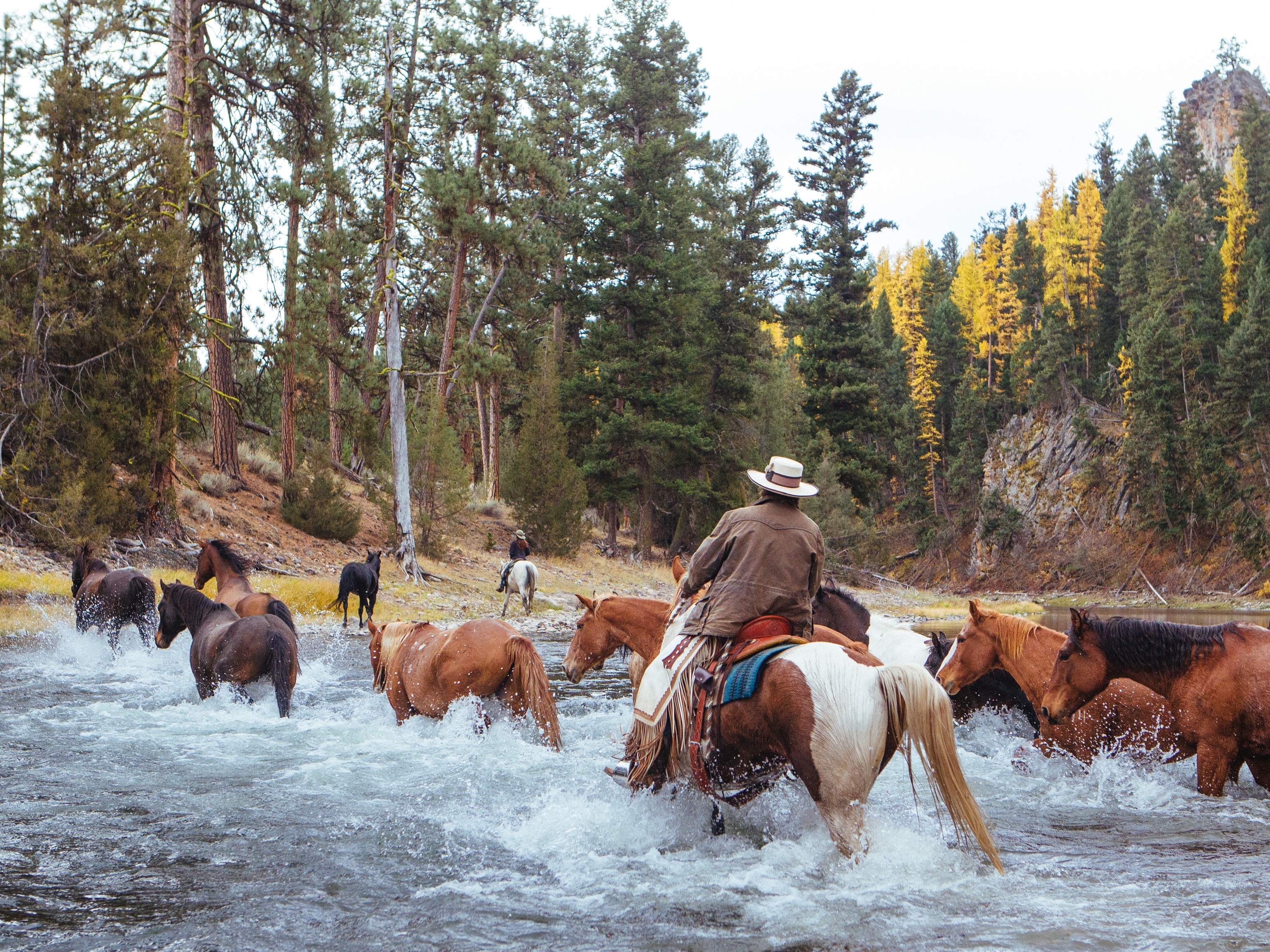Discovering hope on the range
Join National Geographic photographer Ami Vitale as she revisits a Montana family where coexisting with wildlife is a way of life.
National Geographic photojournalist Ami Vitale’s quest to discover places where people are deeply connected to the natural world, has taken her around the globe. Yet, it’s also an unexpected story close to home, Vitale’s first-ever United States’ assignment—2014’s “Growing Up in Big Sky” profile of Montana ranch kids—that holds a special place in her heart. Accompany Vitale as she returns to the J-L Ranch north of Yellowstone National Park to revisit wildlife biologist and rancher Hilary Zaranek and reflect upon the lessons learned from a family whose lives are intertwined with nature.
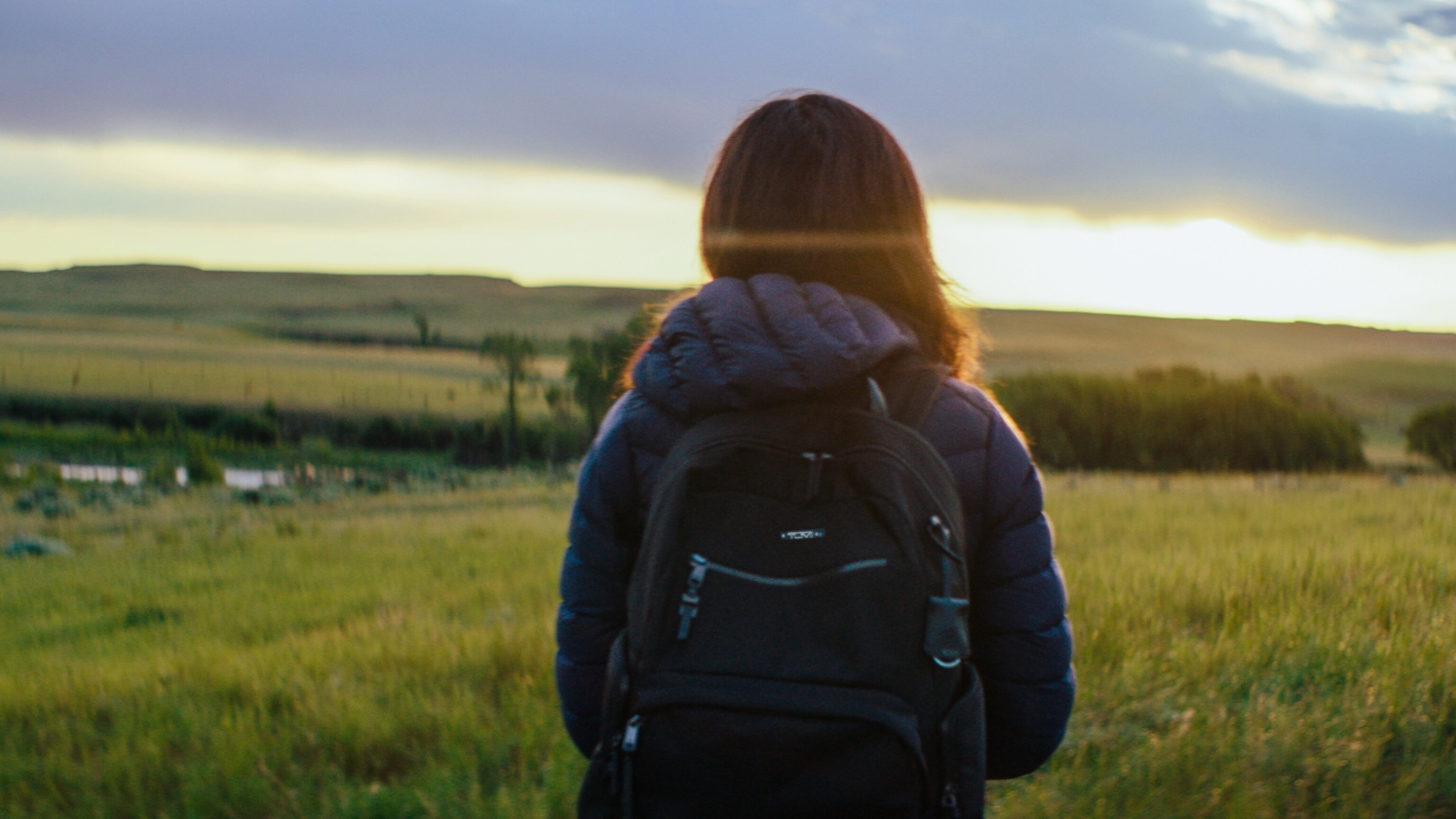
“It takes time to understand one another and develop strong bonds but when we truly understand each other’s stories, we are transformed and no matter where you go, the joy of human emotions remains the same.
When I came to tell the story in my home of Montana, what hit home so deeply were these universal truths. We are part of a complex world created over millions of years, and our own survival is intertwined with the entire ecosystem. When we lose one piece of this intricate web, we are not only losing the creatures we coexist with but we also suffer a loss of imagination, a loss of wonder, a loss of beautiful possibilities. Whether I am in Kenya or Montana, the issues are the same; climate change, drought and human-wildlife conflict, impact all of us equally.
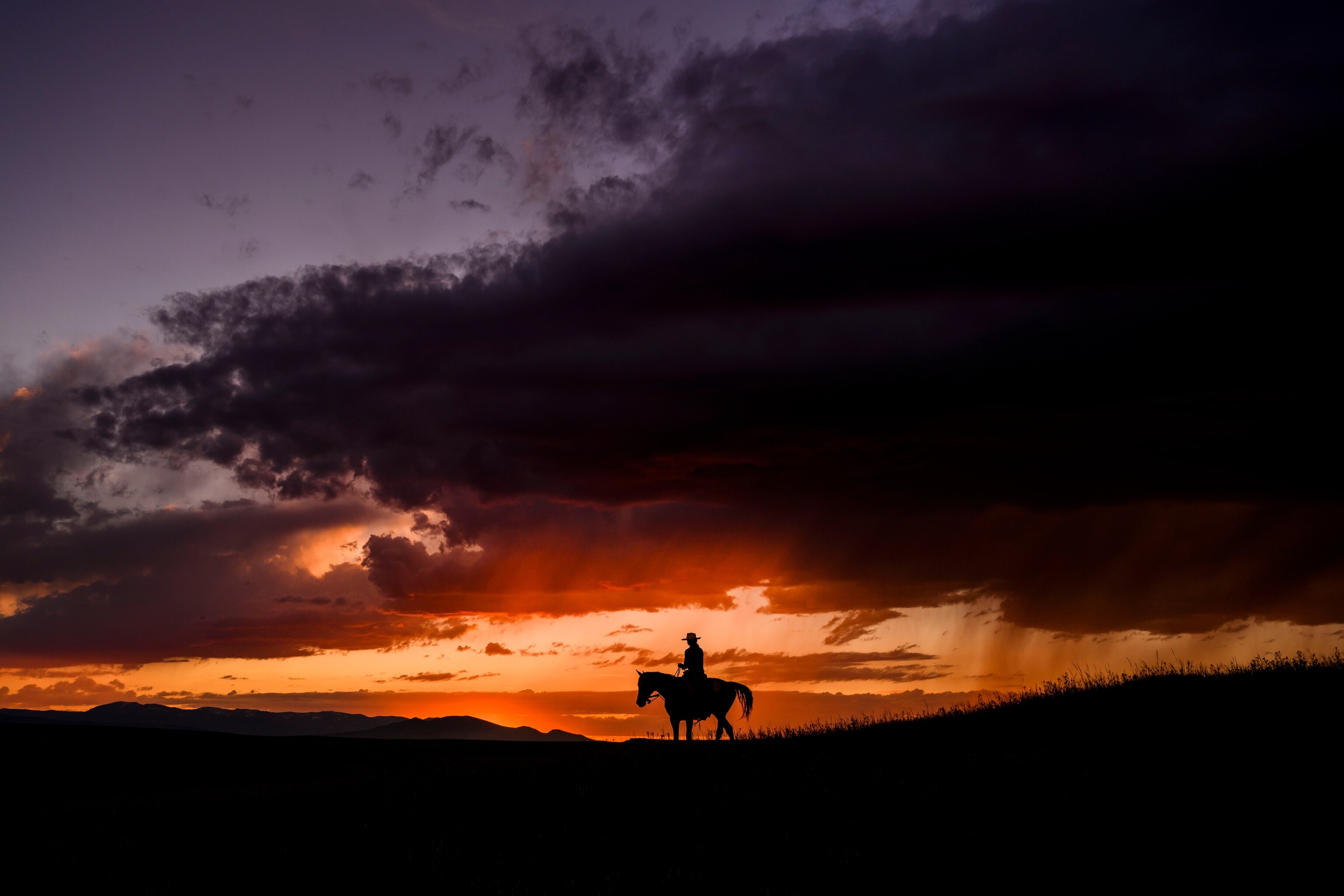
I’ve worked in over a hundred countries now but it’s the stories in my backyard that remind me how intricately connected we all are. This is a story about our connection to the natural world and about people who depend on nature for their survival. Saving nature really is about saving ourselves.
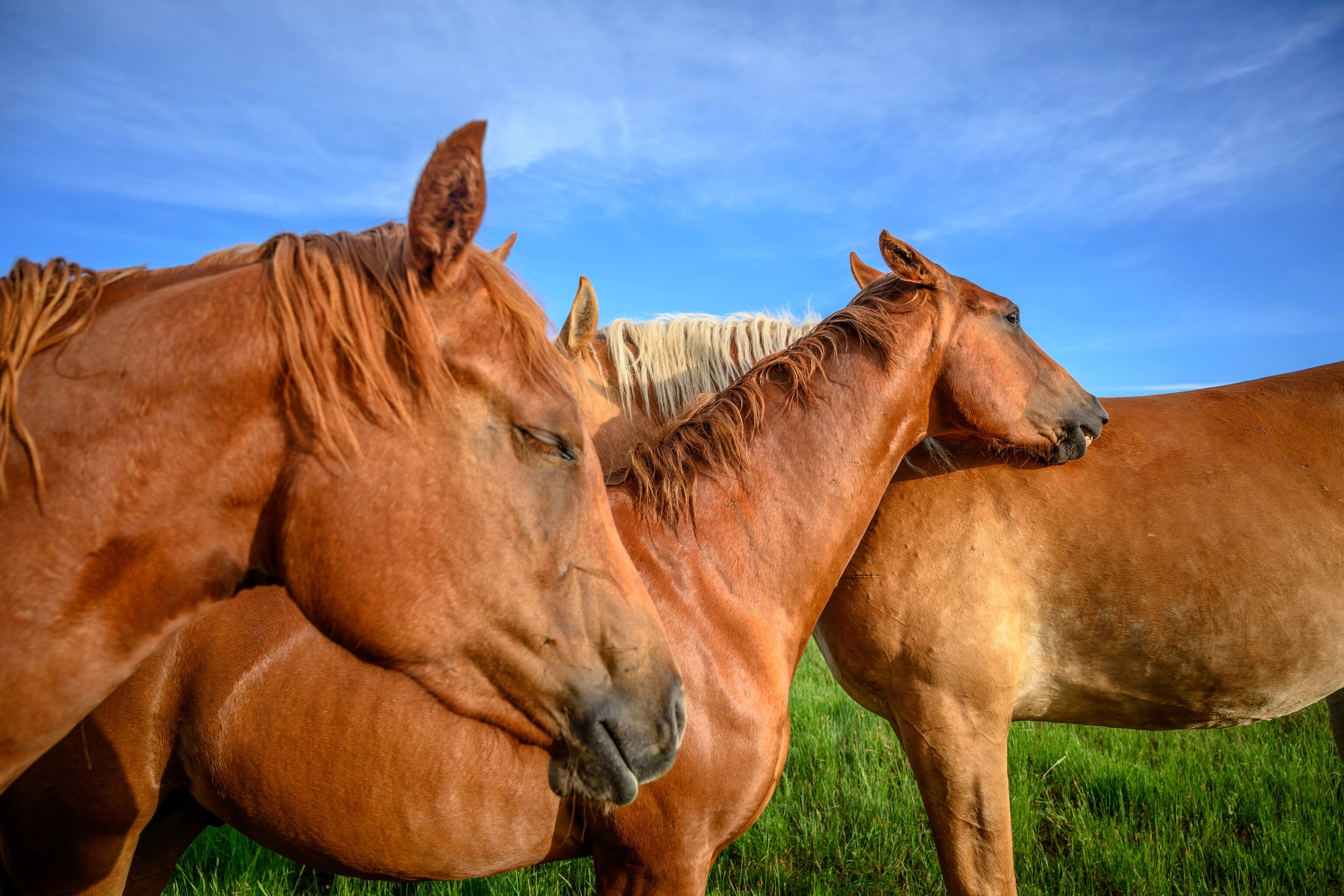
I work a lot in eastern Africa too. This is where humanity began and the instant you get off the plane and set foot on the soil, you can feel the ancient footsteps around you. I have the same feeling when I am in southwest Montana. There’s an intuitive understanding, due, in part, because so much of the land has been preserved. There is a deep reverence for nature—and an understanding that we must protect it—that I haven’t experienced everywhere.
Even though I had already lived in Montana for a couple of years when I began this story, the thing that surprised me on my first visit to Hilary’s was how pristine and wild it was; the family has to travel 100 miles to get groceries. And despite the remoteness of this place, it's a powerful reminder that there are very few uninhabited places left on the planet. Nearly all of the most remote landscapes have been impacted by humanity. But for much of the world, our relationship to the wild is more about how much we can extract and take from it. On the ranch you see that there are other ways of living—where people and nature coexist.
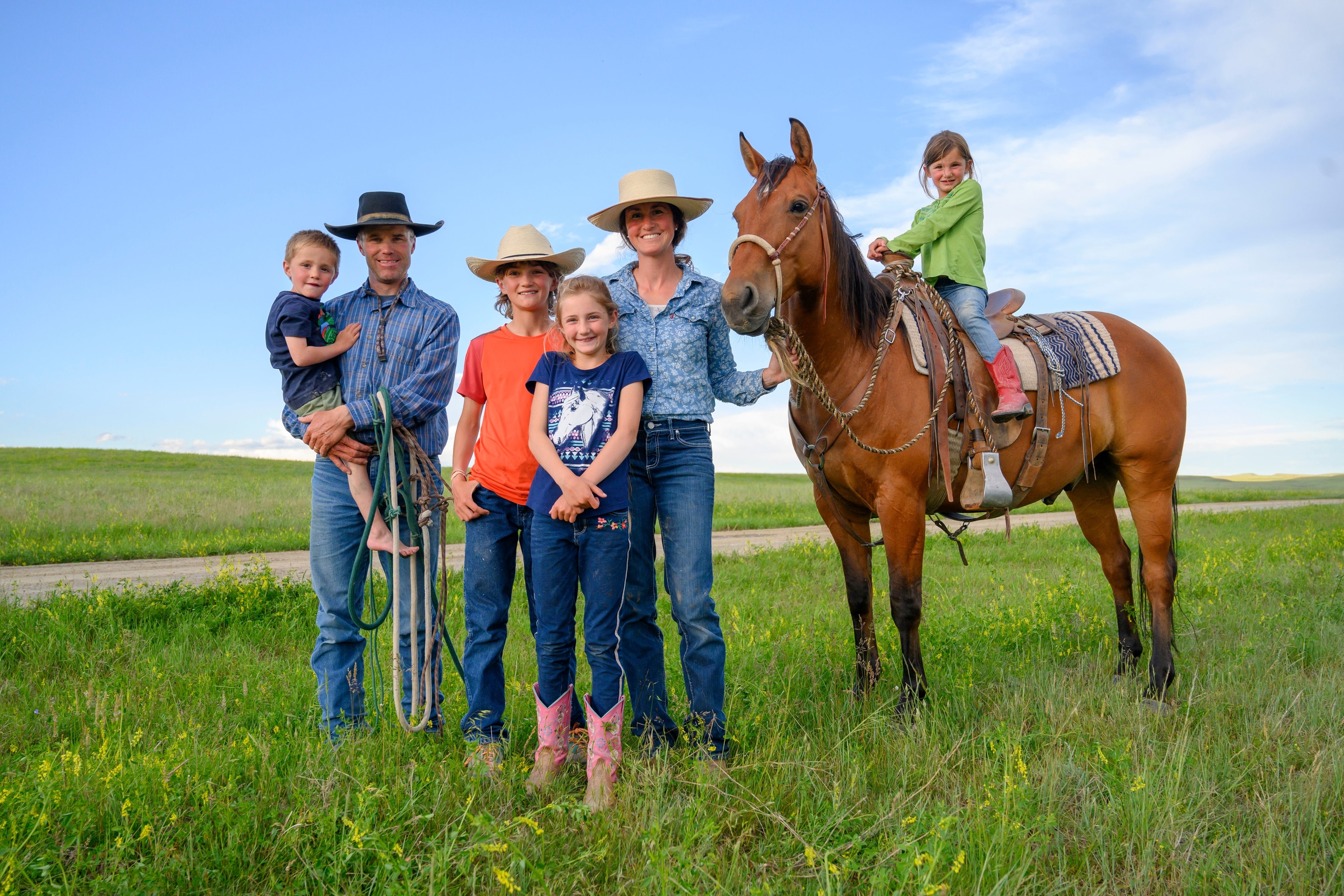
Hilary inspires me. She helped create a “range riding program” to mitigate human wolf conflict and because she is a rancher herself, that credibility has enabled her to be tremendously successful in creating understanding, awareness, and research about these wild animals that have been feared for so long.
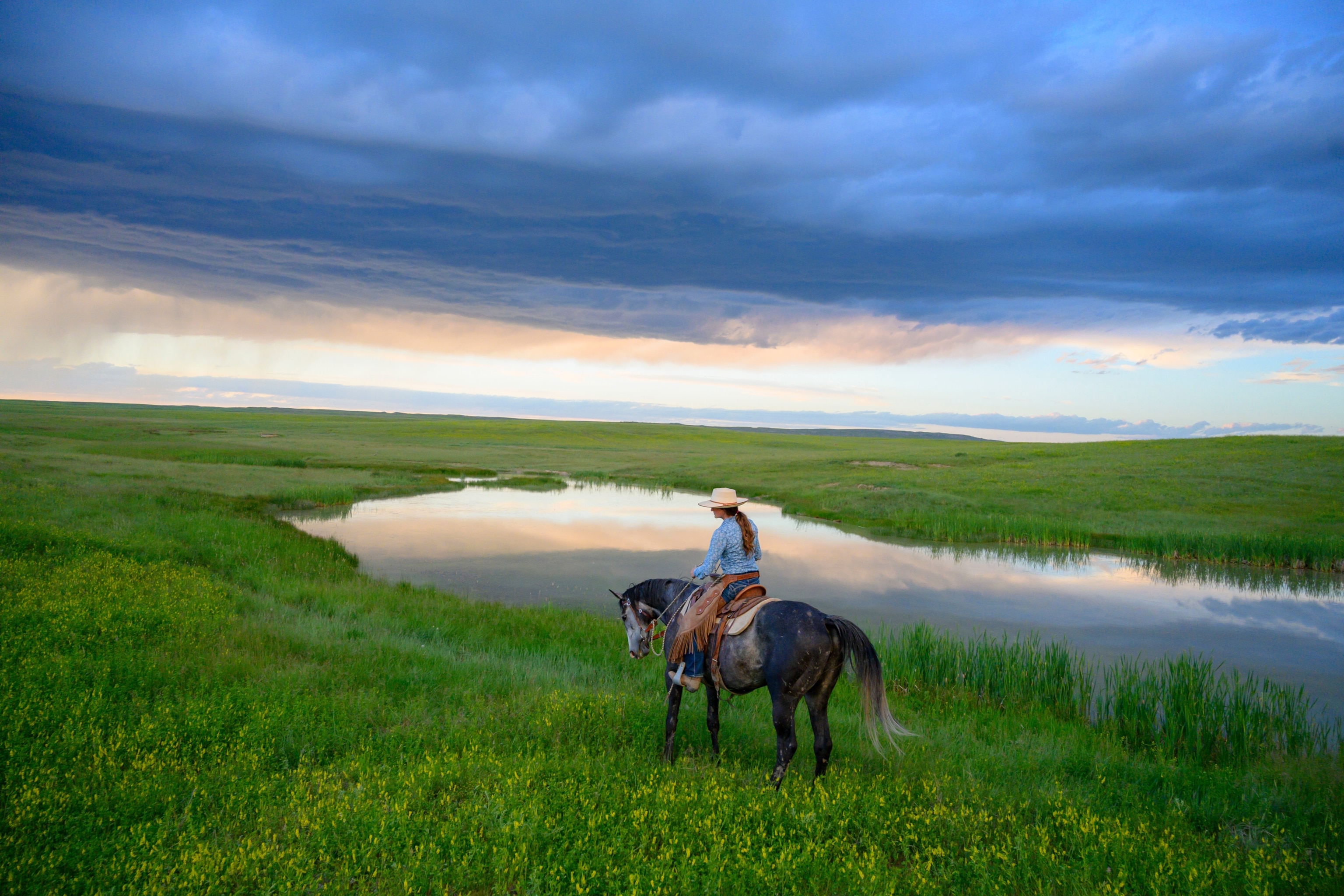
I’m looking forward to seeing the progress she’s made with the wolf program and am excited to see her children again. I remember on one of my first visits, a cow was struggling to give birth in the middle of the night. Hilary and her husband Andrew were getting their things together and jumped into the truck when her oldest son Andy who was only 4 at the time, jumped out of his bunkbed, pulled on a pair of rubber boots, and ran out to help his parents. There he was in the middle of a darkness, holding a flashlight to guide his parents, dressed only in those rubber boots and underwear.
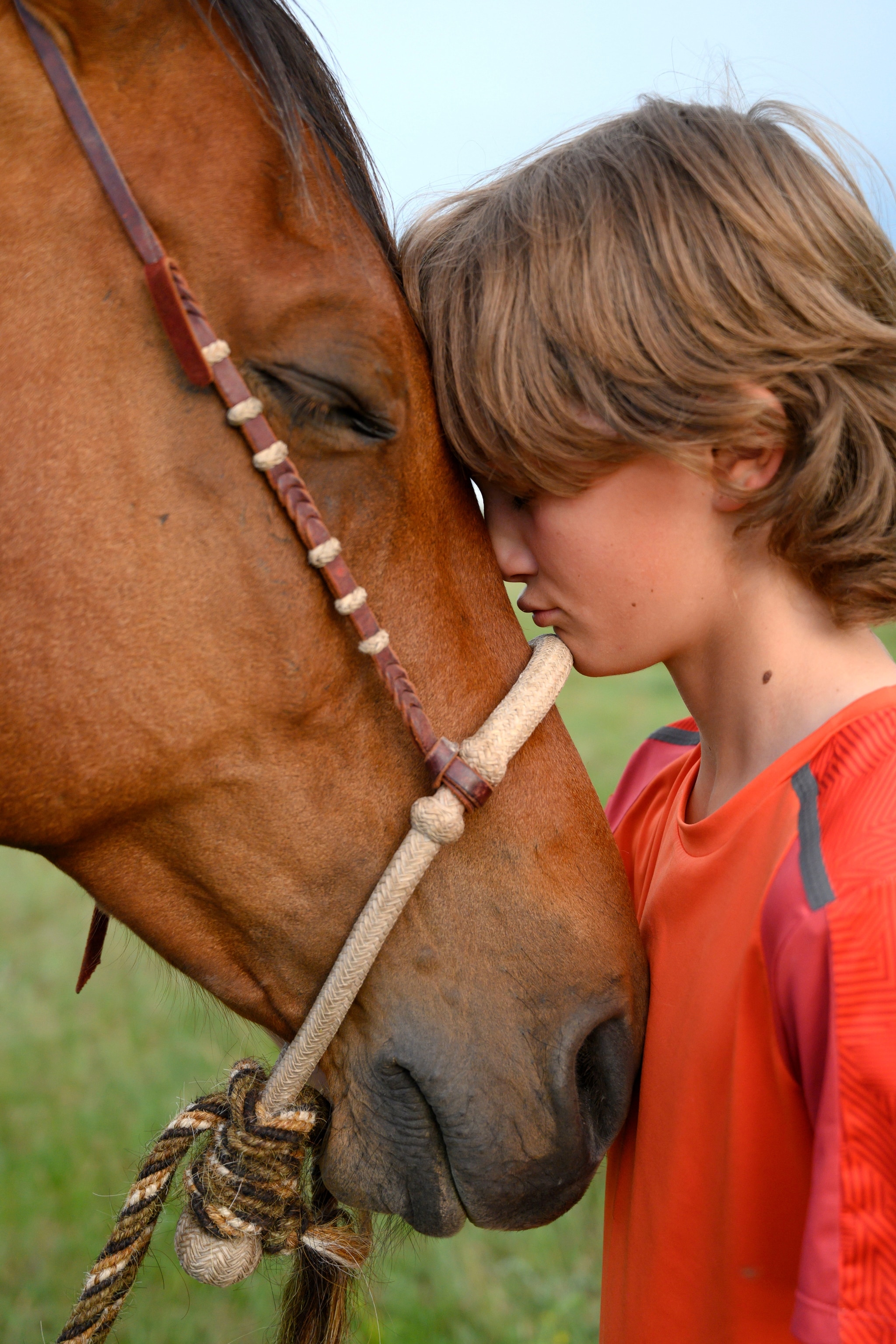
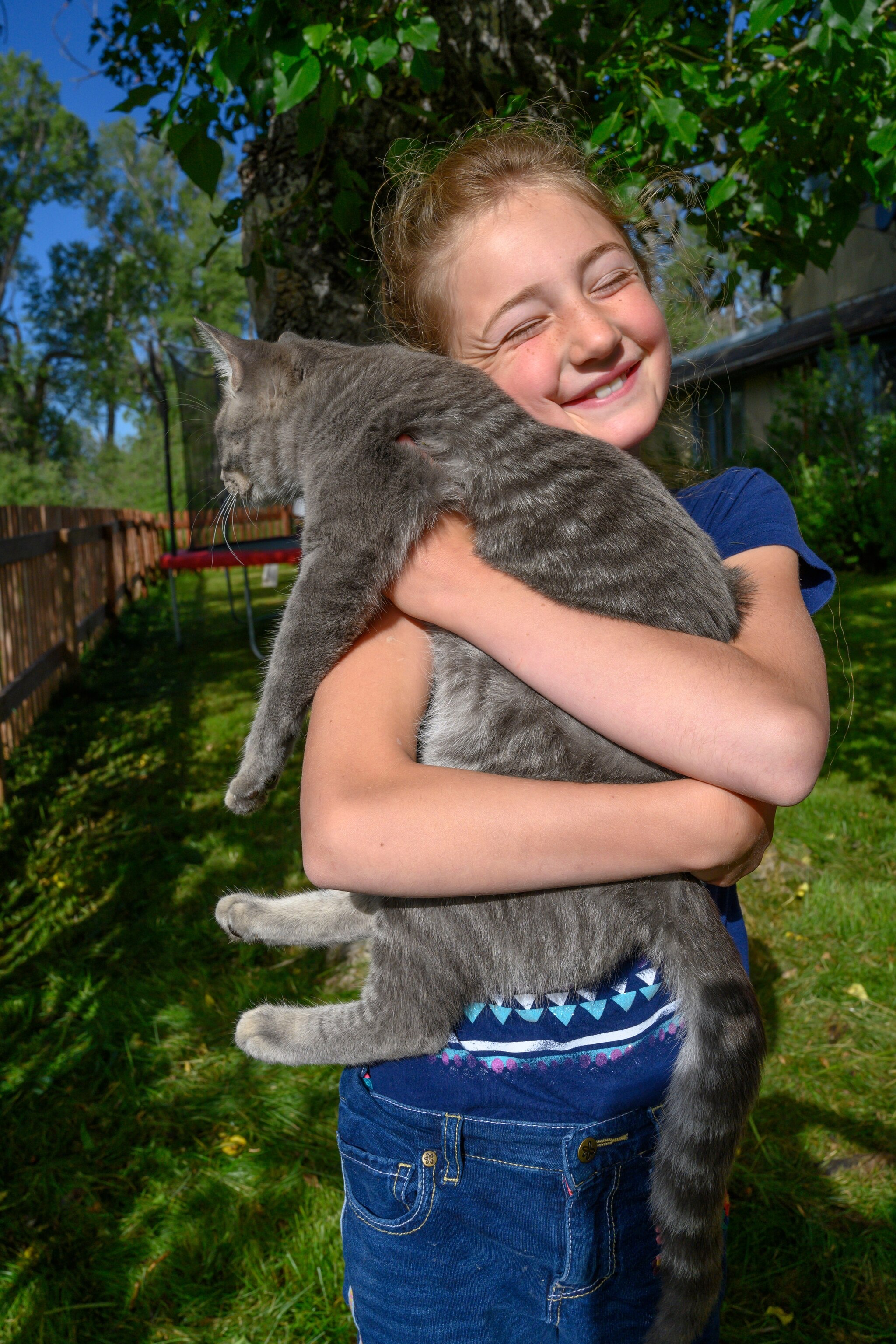
I’ll never forget the silence in that moment. It was just the labored breaths of the cow, Hilary and her husband Andrew as they struggled to save her calf. In that moment, I understood the beauty and the heartache of this place and how connected they are to these animals. The calf died, and it was just silence except for their muffled tears. The next day, Andrew gently explained to his son Andy about the fragility of life. It was a tender, heartbreaking moment…a child grasping the meaning of death for the first time. Now that Andy is a young man, I’m curious to see how his connection to nature has evolved.
My intention is to tell stories about the natural world, that remind us of how connected we are to one another and to all of life. I am also looking for places of hope where there is an understanding and respect for nature, though it may be imperfect, but that gives us a way forward. I am on this mission to find ‘hope spots’ and this is one of them.”
